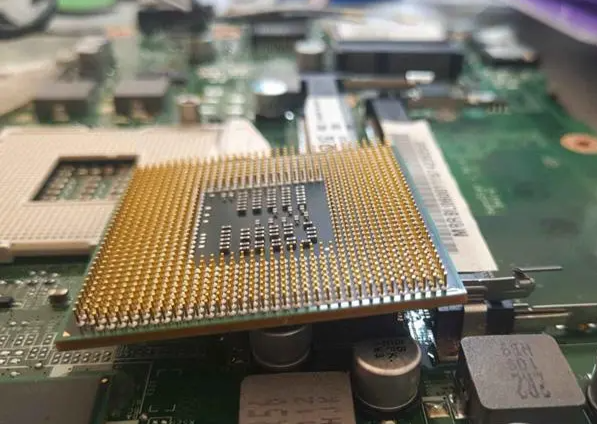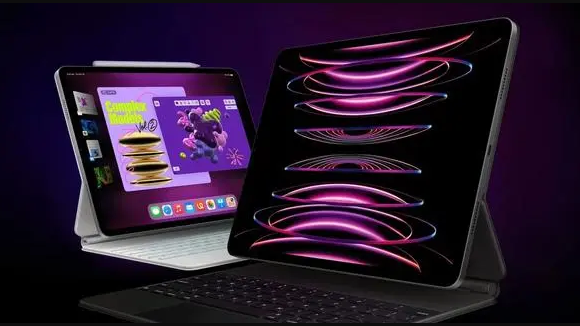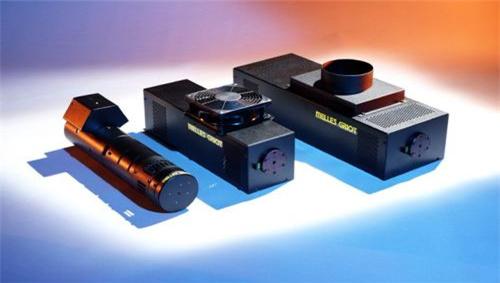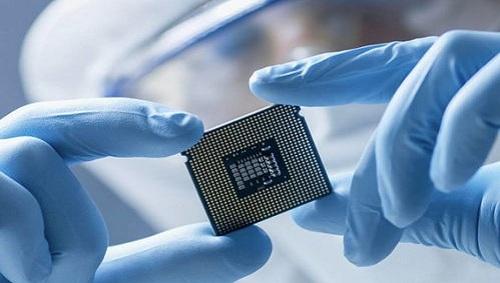 2023-08-03
2023-08-03
We know that wafers are round, but the chips made from them are square. This is primarily due to considerations of wafer utilization during chip manufacturing, ease of cutting, and the fact that a square shape makes routing (wiring) more convenient. Why aren't chips round? The basic material for chips is monocrystalline silicon. First, the monocrystalline silicon is processed into a wafer...
More + 2023-08-02
2023-08-02
According to Omdia data, the total shipments of Mini LED backlit LCD TVs in 2022 are expected to reach 3 million units, lower than Omdia's previous forecast. Omdia has also revised downward its shipment projections for 2023. The primary reason for the downward revision is declining demand in the premium TV segment. Another key factor...
More + 2023-06-07
2023-06-07
In recent years, competition in television display technology has intensified. Judging from the performance of China's color TV technology products in 2022, the market presented a "polarized" situation: the MiniLED TV market expanded against the trend, with a year-on-year growth of 385.3%, while the markets for OLED TVs and laser TVs both declined to varying degrees year-on-year. This...
More + 2022-08-12
2022-08-12
A semiconductor laser, also known as a laser diode (LD), was first conceptualized in the 1950s, driven by advancements in semiconductor physics. The early semiconductor lasers developed in the initial stage of the 1960s were homojunction-type lasers, which could only operate in pulsed mode. In July 1962, a conference was held...
More + 2022-08-03
2022-08-03
The automation challenge of semiconductor equipment For high-end manufacturing industries such as semiconductor equipment, whether it is the front equipment around wafer manufacturing or the back equipment such as material equipment and sealing and testing, the precision and reliability of the process are the most important. Therefore, the semiconductor industry is interested in high accuracy (including repeated positioning accuracy), high reliability. ...
More +